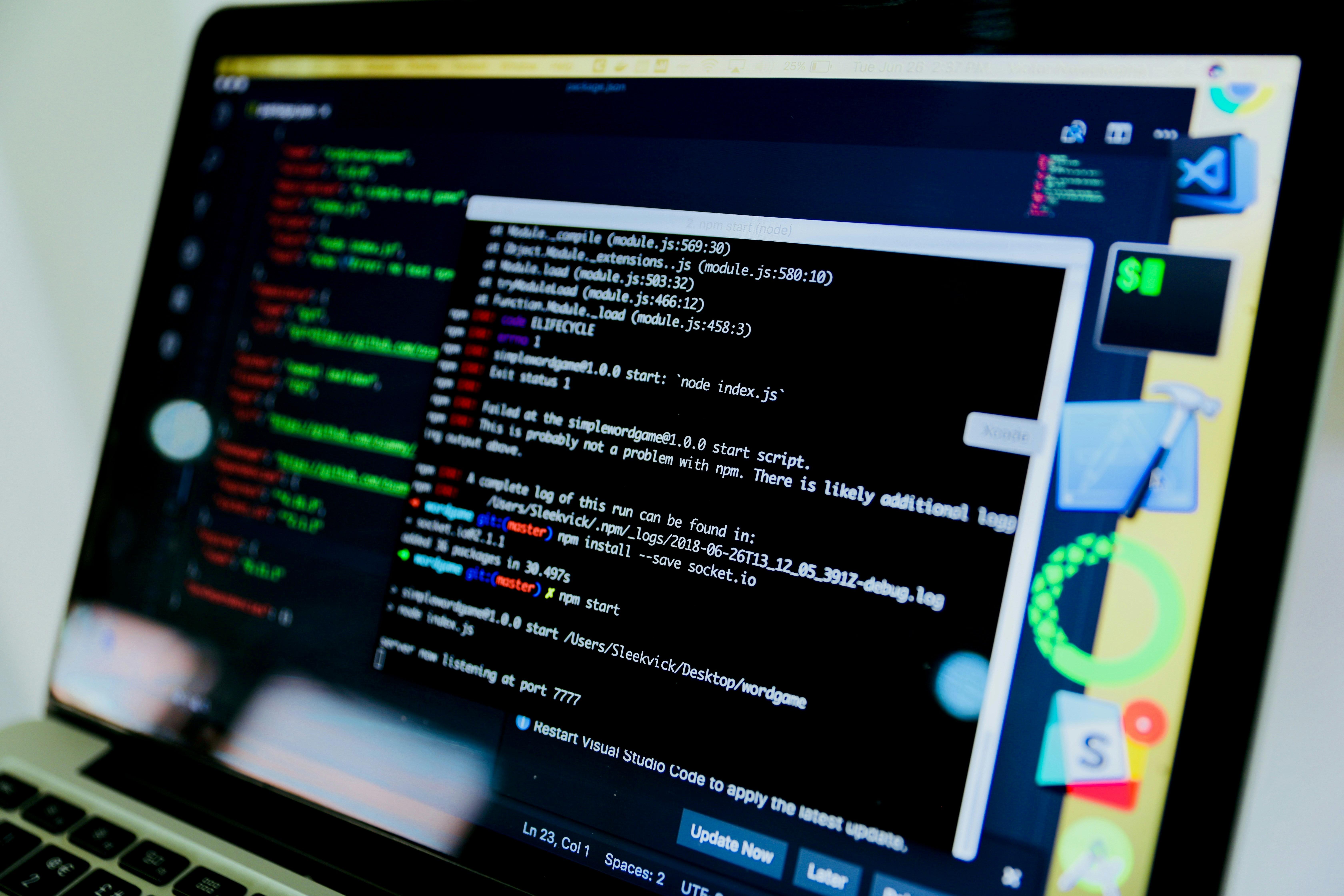In the digital age, where the glow of screens illuminates nearly every facet of our lives, a curious question emerges from the depths of our collective consciousness: Should screen time be limited for adults as well as kids? While the familiar chorus of concern often echoes around children and their screen habits, an intriguing narrative is unfolding, prompting us to peer into the mirror and reflect on our own digital consumption. In this exploration, we unravel the threads of modern life, weaving through the tapestry of technology, productivity, and well-being. As screens beckon us with endless information and entertainment, we embark on a journey to understand the potential impacts of our digital devotion, pondering whether it’s time to recalibrate our own screen habits in the pursuit of balance and harmony.
Balancing Digital Engagement with Real-World Interaction
In today’s digital age, the boundary between online engagement and real-world interaction is increasingly blurred. Adults, like children, are not immune to the allure of screens. Whether it’s endless scrolling through social media, binge-watching series, or engaging in virtual meetings, digital consumption is at an all-time high. While screens provide numerous benefits, from connectivity to convenience, they can also lead to a sense of disconnection from the tangible world around us.
- Physical Health: Excessive screen time can contribute to sedentary lifestyles, eye strain, and sleep disturbances.
- Mental Well-being: Continuous digital engagement may impact mental health, leading to stress, anxiety, and reduced attention spans.
- Social Connections: Balancing digital and face-to-face interactions is crucial for maintaining meaningful relationships and a sense of community.
By consciously setting boundaries, such as designated screen-free hours or prioritizing in-person activities, adults can cultivate a healthier balance between their online and offline worlds. The goal isn’t to eliminate digital engagement but to integrate it more mindfully into our daily lives.

The Impact of Prolonged Screen Time on Adult Health
In today’s digital age, adults often find themselves glued to screens for both work and leisure, leading to a myriad of health concerns. Prolonged exposure to screens can contribute to several physical and mental health issues. Physically, it can cause eye strain, often referred to as “digital eye strain,” which manifests as discomfort and blurred vision. Additionally, the sedentary lifestyle encouraged by excessive screen use is linked to poor posture and musculoskeletal problems. Mentally, the continuous influx of information can lead to cognitive overload, affecting attention spans and potentially leading to anxiety and stress.
Moreover, the impact of extended screen time is not limited to just physical and mental health but also affects overall well-being. It can disrupt sleep patterns due to the blue light emitted by screens, which interferes with the body’s natural circadian rhythm. Furthermore, the constant engagement with screens can lead to a reduction in face-to-face social interactions, affecting personal relationships and emotional health. To mitigate these risks, consider implementing simple lifestyle changes such as:
- Taking regular breaks using the 20-20-20 rule: every 20 minutes, look at something 20 feet away for at least 20 seconds.
- Incorporating physical activity into daily routines to counteract sedentary habits.
- Utilizing blue light filters on devices, especially in the evening.
- Setting specific times to disconnect from screens to encourage real-world interactions.

Strategies for Mindful Screen Use in Daily Life
Incorporating mindful practices into screen use can significantly enhance one’s daily life, fostering a more balanced relationship with technology. Here are some strategies to consider:
- Set Intentional Breaks: Designate specific times during the day to step away from screens. This could be during meals, before bedtime, or during short walks. Use these breaks to reconnect with your surroundings and engage in activities that don’t require a digital device.
- Create a Tech-Free Zone: Identify areas in your home or workplace where screens are not allowed. This could be the dining room, bedroom, or even a cozy reading nook. These spaces become sanctuaries for relaxation and rejuvenation.
- Prioritize Quality Over Quantity: Focus on engaging with content that enriches your life, whether it’s educational videos, meaningful conversations, or creative projects. Limiting passive scrolling can help cultivate a more purposeful digital experience.
By integrating these mindful strategies, individuals can enjoy the benefits of technology while maintaining a healthy, balanced lifestyle. It’s about finding harmony, not just restriction, in our digital interactions.

Creating a Healthy Digital Environment for All Ages
In our modern digital era, the pervasive nature of screens in our lives has sparked a conversation not just about children’s screen time, but also that of adults. It’s easy to assume that adults, with their fully developed brains, are immune to the negative effects of excessive screen use. However, research suggests otherwise. Prolonged screen exposure can lead to issues such as eye strain, disrupted sleep patterns, and even mental health challenges. Thus, it’s important for adults to also consider their screen habits and strive for a balanced digital lifestyle.
- Set Boundaries: Just as we set limits for children, adults can benefit from boundaries around screen time, such as designated “tech-free” hours or spaces.
- Mindful Usage: Encourage conscious engagement with screens by focusing on quality over quantity. Use apps and digital platforms that enhance productivity or well-being rather than those that simply fill time.
- Physical Health: Incorporate regular breaks and physical activity into your routine to counteract the sedentary nature of screen use.
By adopting these practices, adults can model healthy digital behavior for younger generations, while also safeguarding their own well-being. A balanced approach to screen time can foster a healthier, more productive relationship with technology for individuals of all ages.
In Summary
As we navigate the ever-evolving digital landscape, the question of screen time limitations extends beyond the confines of childhood into the broader realm of adulthood. Just as we ponder the effects of pixels and blue light on young minds, it becomes equally crucial to reflect on their impact on our own lives. While screens offer a gateway to knowledge, connection, and entertainment, they also pose challenges to our mental and physical well-being. Striking a balance requires awareness and intentionality, ensuring that our digital habits enhance rather than hinder our quality of life. Whether for work, leisure, or connection, let us wield our screens with mindfulness, crafting a harmonious relationship with the digital world that respects our need for both engagement and respite. As we close this chapter of inquiry, the dialogue remains open, inviting each of us to consider our unique paths to digital equilibrium.

